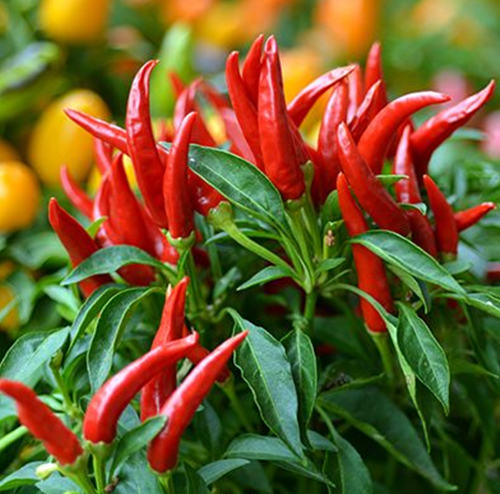
Chilli is widely valued for its role as a spice, flavor enhancer, and natural colorant in culinary applications. The rich red color found in chillies comes from the capsanthin pigment, while its characteristic heat or pungency is attributed to the presence of capsaicin.
Different chilli varieties differ in terms of pungency, color intensity, and size, making them suitable for a range of uses across cuisines and food industries.
India stands as the largest producer of chillies globally, contributing approximately 1.4 million tonnes annually to the world market.
| Scientific Name | Common Name |
|---|---|
| Stegobium paniceum | Drugstore beetle |
| Lasioderma serricorne | Cigarette beetle |
| Tribolium castaneum | Red flour beetle |
| Rhyzopertha dominica | Lesser grain borer |
| Ephestia cautella | Tropical warehouse moth |
Chillies are prone to contamination from insect fragments, uric acid, microbes, and mycotoxins — impacting both quality and shelf life due to moisture buildup. This directly affects product marketability.